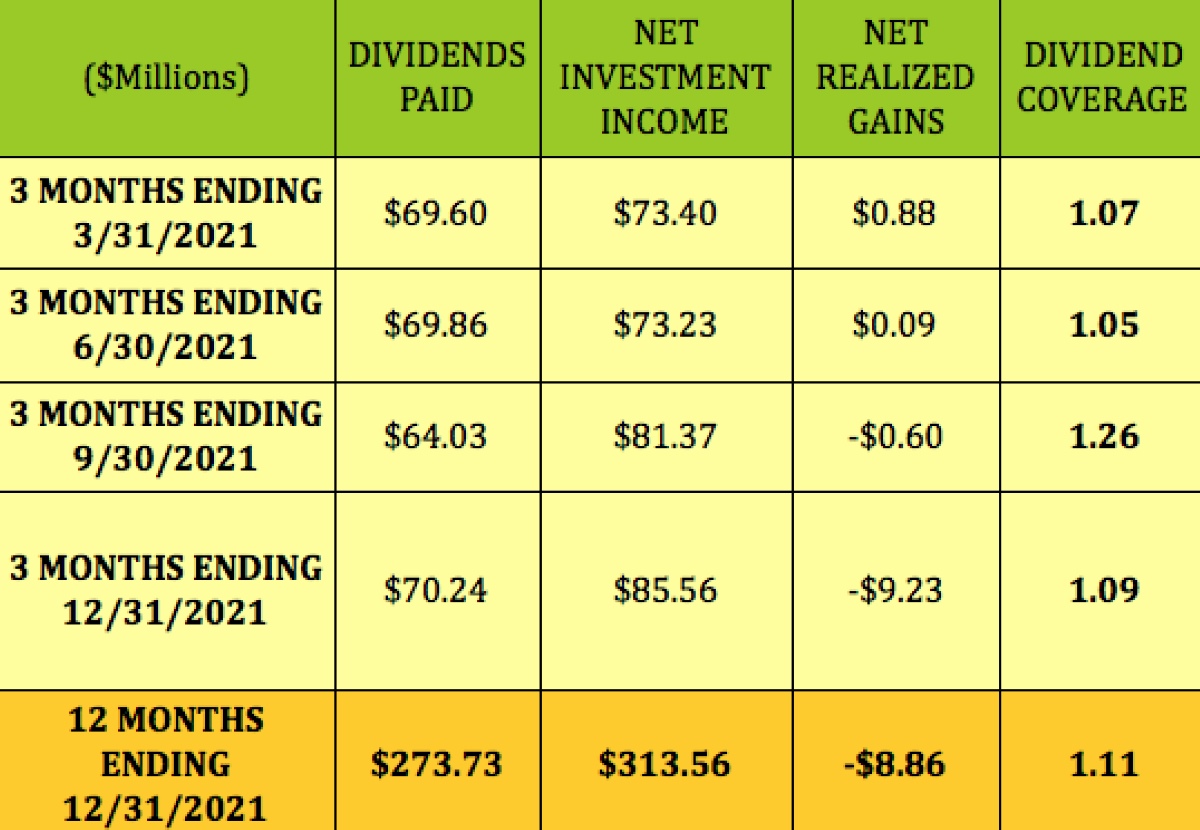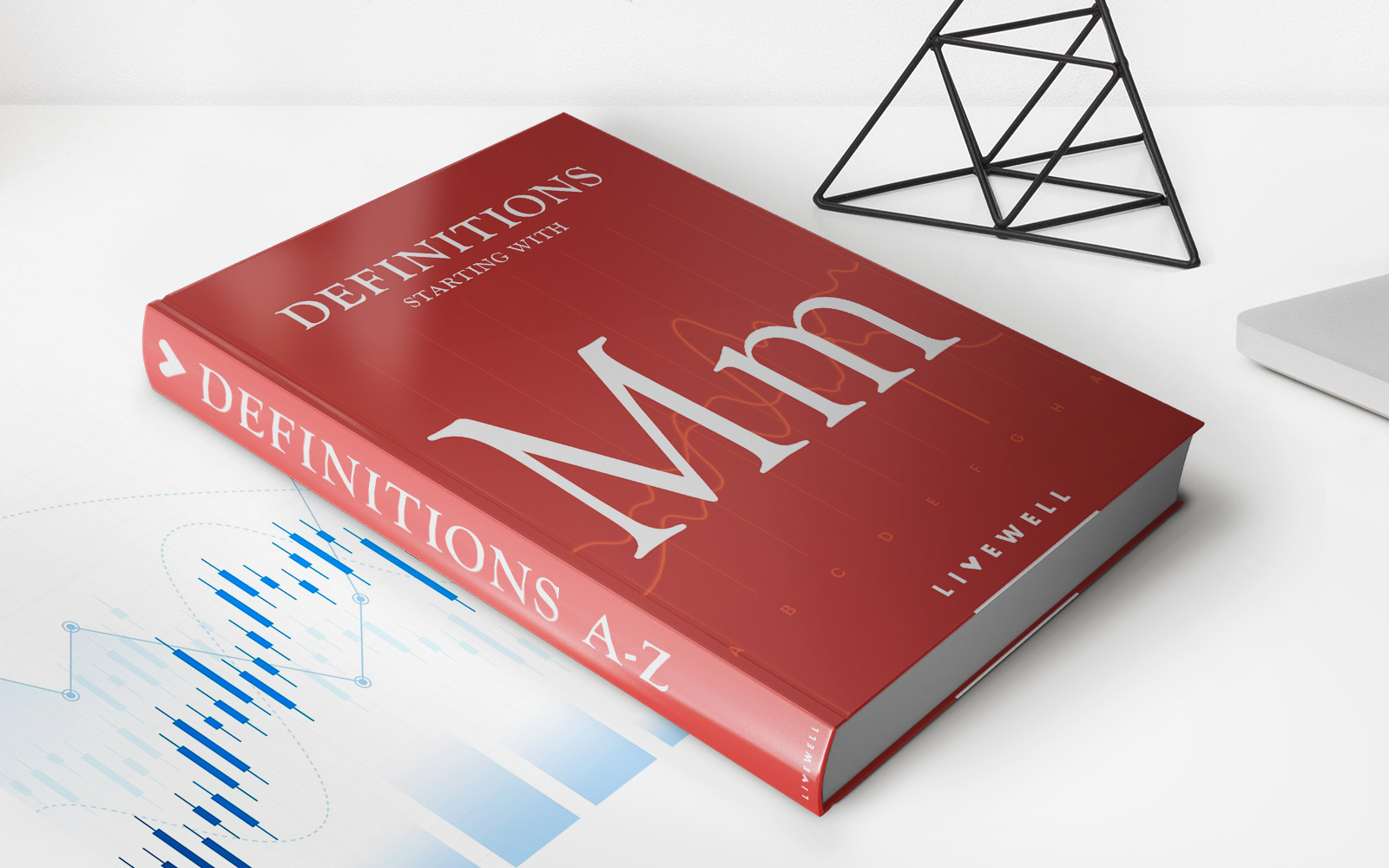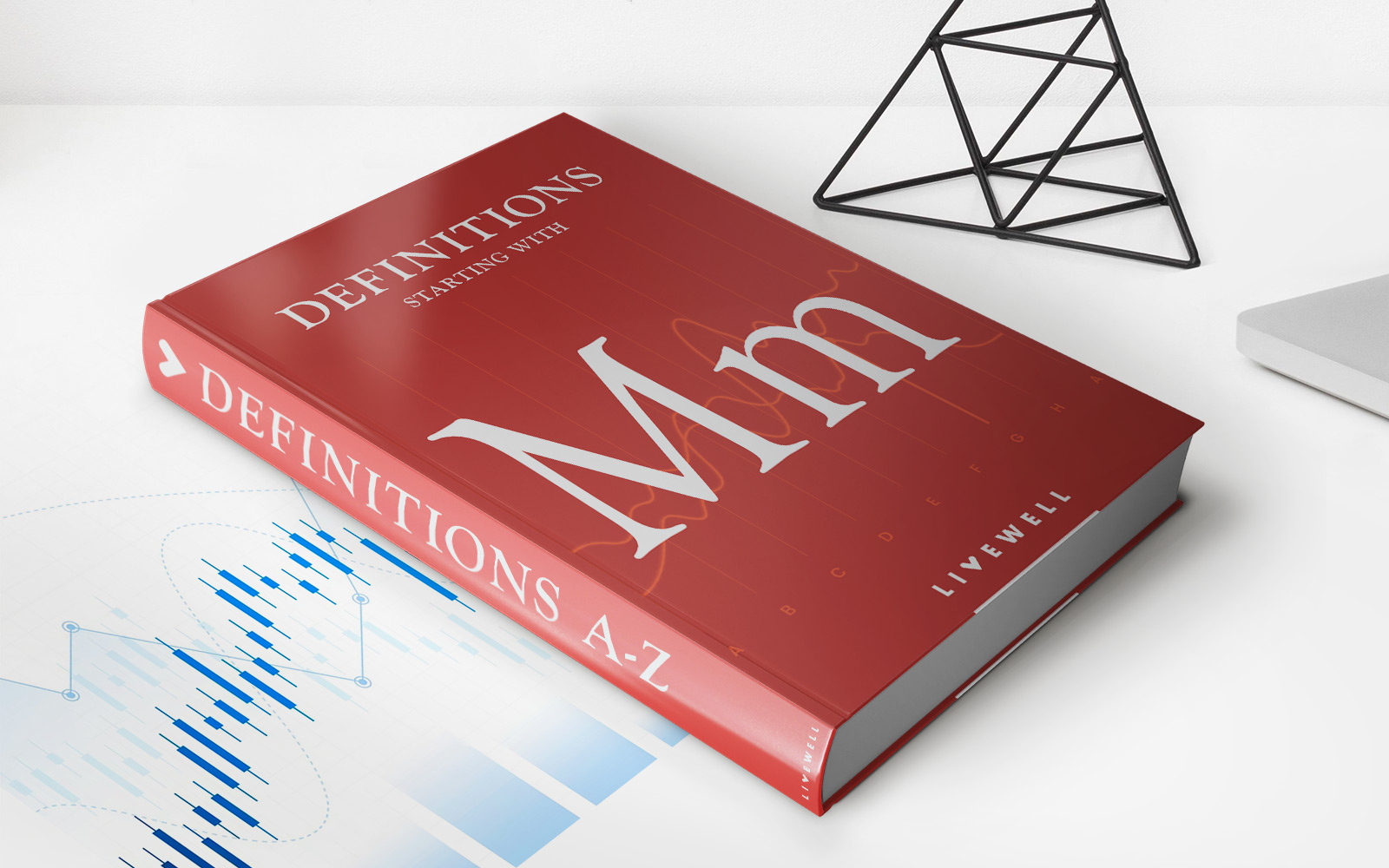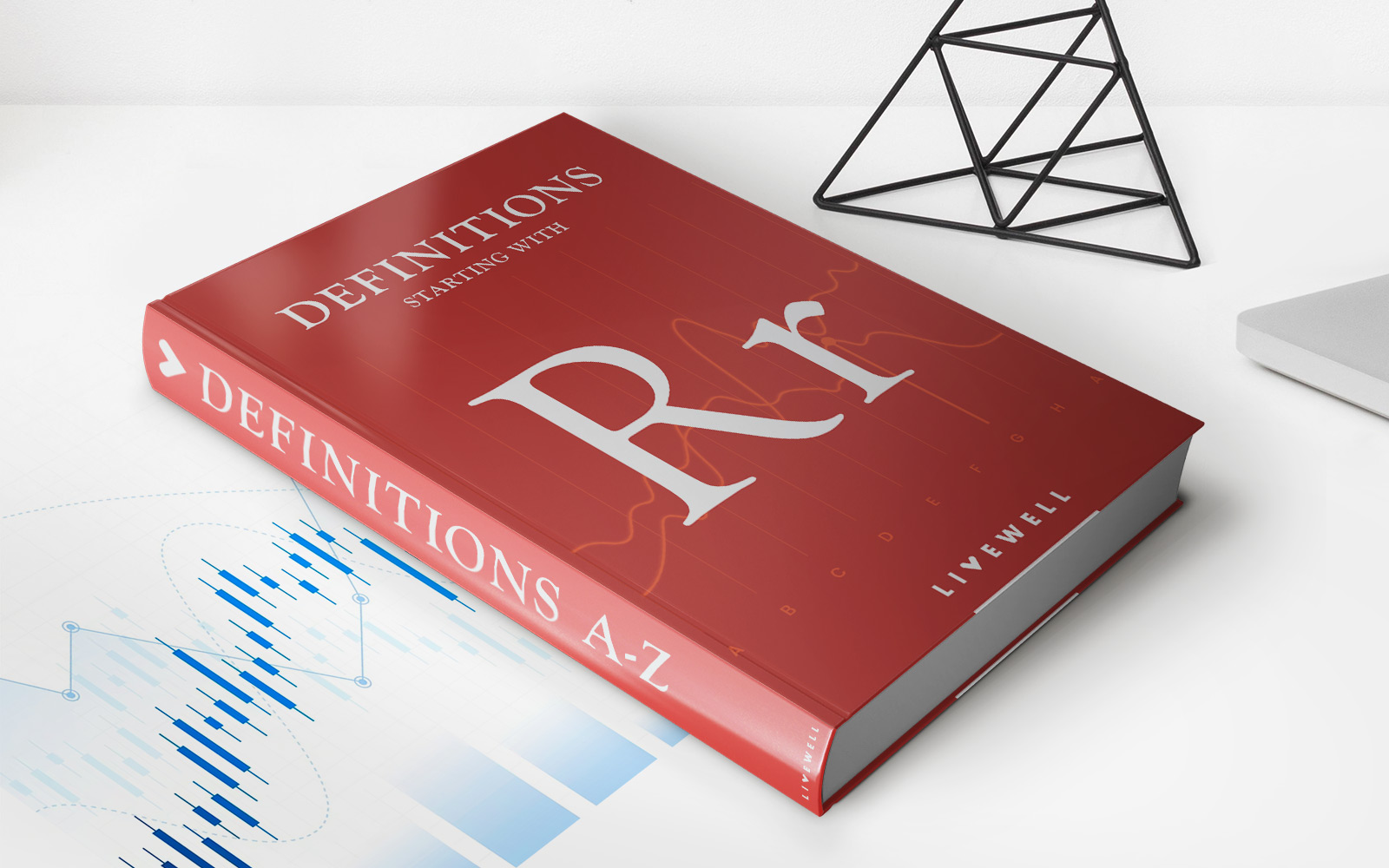

Finance
When Does FXAIX Pay Dividends?
Published: January 3, 2024
Learn when FXAIX pays dividends in the finance industry and stay updated with the latest dividend payment schedule.
(Many of the links in this article redirect to a specific reviewed product. Your purchase of these products through affiliate links helps to generate commission for LiveWell, at no extra cost. Learn more)
Table of Contents
Introduction
Welcome to this guide on understanding when the Fidelity 500 Index Fund (FXAIX) pays dividends. Dividends are an essential aspect of investing, providing shareholders with a portion of a company’s earnings. FXAIX is a popular choice for investors seeking exposure to the broad U.S. stock market.
Before we delve into the specifics of FXAIX’s dividend payments, let’s take a moment to understand what FXAIX is and the role dividends play in investment portfolios.
FXAIX is a mutual fund offered by Fidelity Investments that aims to provide investment results that correspond to the performance of the S&P 500® Index. It is a passively managed index fund, meaning it seeks to track the performance of the index rather than outperform it through active management strategies.
Dividends, on the other hand, are regular cash payments made by companies to their shareholders. They are typically generated from a company’s profits and are distributed either as cash payments or additional shares of stock. Dividends are an important source of income for investors, especially those who rely on their investment portfolios for passive income or retirement funds.
Now that we have a basic understanding of FXAIX and dividends in general, let’s explore how and when FXAIX pays out its dividends.
Understanding FXAIX
Before we dive into the details of FXAIX’s dividend payments, let’s take a closer look at the fund itself. Understanding FXAIX will help us better comprehend the factors that influence its dividend payouts.
FXAIX, also known as the Fidelity 500 Index Fund, is a mutual fund that seeks to replicate the performance of the S&P 500® Index. As an index fund, FXAIX invests in the same stocks that make up the S&P 500 Index, in the same proportion. This passive approach aims to provide investors with broad exposure to the U.S. stock market, specifically the 500 large-cap companies tracked by the index.
As an investor in FXAIX, you are effectively buying a slice of the S&P 500 Index’s constituents. This means that your investment performance will closely mimic the performance of the index as a whole. When the stocks within the index increase or decrease in value, the net asset value (NAV) of FXAIX will also reflect these changes.
It’s important to note that FXAIX is a low-cost fund, meaning it has relatively low expense ratios compared to actively managed funds. This can be appealing to investors who are looking to minimize fees and keep more of their investment returns.
One of the benefits of investing in FXAIX is the potential for dividend income. As an investor, you can benefit from the dividend payouts of the individual companies that make up the S&P 500 Index.
Next, we will explore how FXAIX’s dividend payments work and the factors that influence the frequency and amount of these payments.
Dividends Explained
Dividends play a crucial role in investing, providing investors with a portion of a company’s profits. When it comes to FXAIX, understanding how dividends work is key to comprehending its dividend payment process.
Dividends are typically paid out by companies to their shareholders as a way to distribute earnings. A company’s board of directors determines the amount of dividends to be paid and the frequency at which they will be distributed. These dividends can be paid in cash or in the form of additional shares of stock, known as stock dividends.
For FXAIX investors, the dividends received are a representation of the dividends paid by the underlying companies within the S&P 500 Index. As FXAIX holds a portfolio of stocks that make up the index, it receives dividends from each of these companies based on their dividend policies.
The amount of dividends received by FXAIX is dependent on several factors, including the dividend yields of the underlying companies and the fund’s proportionate ownership in each of these stocks. As the S&P 500 Index includes a wide range of companies from various sectors, the dividend payments can vary.
It’s important to note that dividends are not guaranteed. Companies can choose to reduce or even eliminate their dividends if they face financial difficulties or decide to reinvest their profits back into the business. This can impact the dividends received by FXAIX and subsequently influence the dividend payments to its investors.
Furthermore, FXAIX’s dividend payments are subject to taxes. Dividends are typically taxed as ordinary income, although certain dividends may qualify for lower tax rates. It’s essential for investors to consult with a tax professional to understand their specific tax obligations related to dividend income.
Now that we have a better understanding of dividends and their significance in investing, let’s explore the specific factors that impact the frequency of dividend payments for FXAIX.
Distribution Frequency
The distribution frequency refers to how often dividend payments are made to investors in FXAIX. Understanding the distribution frequency is crucial for investors who rely on regular income from their investments or those who want to reinvest dividends to compound their returns.
FXAIX follows a quarterly distribution schedule, which means that dividends are typically paid out every three months. This quarterly distribution aligns with the majority of companies within the S&P 500 Index, as they also tend to report earnings and distribute dividends on a quarterly basis.
This distribution frequency provides investors with a regular stream of dividend income throughout the year. The advantage of quarterly distributions is that it allows for more frequent reinvestment or the option to use the dividends to cover other expenses.
It’s important to note that while the distribution frequency for FXAIX is quarterly, the actual dividend amounts can vary each quarter. This is because the dividend payments are dependent on the amounts received from the underlying companies in the S&P 500 Index.
Investors in FXAIX can expect to receive dividend payments in March, June, September, and December, corresponding to the end of each calendar quarter. The actual payment dates can vary slightly depending on weekends and holidays, but generally, the dividends are distributed within a few weeks after the end of the quarter.
Now that we understand the distribution frequency of FXAIX’s dividend payments, let’s explore the specific dates involved in the dividend payment process.
Declaration Date
The declaration date is an important milestone in the dividend payment process for FXAIX. This is the date on which the fund’s board of directors announces the upcoming dividend payment.
During the declaration date, the board of directors reviews the financial health of the fund and decides on the dividend amount to be paid to investors. The dividend amount is typically based on the earnings generated by the underlying companies within the S&P 500 Index.
It’s important to note that the declaration date is usually well in advance of the actual payment date. This allows the fund to provide ample notice to investors regarding the upcoming dividend and allows time for any necessary administrative preparations.
Once the declaration is made, the dividend amount is considered a liability of the fund, and it becomes the right of the shareholders to receive it. The declaration date is publicly announced and is typically reported through various financial news outlets.
For investors in FXAIX, the declaration date provides them with information about the dividend that will be paid and allows them to plan accordingly. It’s worth noting that the dividend amount declared on this date may be subject to change in rare cases, such as if there are unforeseen circumstances or significant changes in the financial performance of the underlying companies.
Investors should pay close attention to the declaration date as it sets the stage for the subsequent steps involved in the dividend payment process. Now that we’ve covered the declaration date, let’s move on to the ex-dividend date.
Ex-dividend Date
The ex-dividend date is a crucial date for investors in FXAIX as it determines eligibility for receiving the upcoming dividend payment. It is the date on or after which a buyer of the fund’s shares will not be entitled to the dividend.
Understanding the ex-dividend date is important because it influences the behavior of investors looking to capture the dividend. In order to be eligible for the dividend, investors must purchase the shares of FXAIX prior to the ex-dividend date. If shares are purchased on or after this date, the buyer will not receive the upcoming dividend payment.
The ex-dividend date is typically set by the stock exchange where the fund is listed. It is typically set one business day before the record date. This timing allows for the settlement of stock trades and ensures that the shareholders on the record date are the ones entitled to receive the dividend.
It’s important to note that the ex-dividend date can vary from one dividend payment to another. The specific ex-dividend date for each dividend payment is announced by the fund and should be closely monitored by investors who are interested in capturing the dividend.
For example, if the ex-dividend date is June 1st and an investor purchases shares of FXAIX on or before May 31st, they will be entitled to receive the upcoming dividend payment. However, if they purchase shares on or after June 1st, they will not be eligible for the dividend.
Investors who are specifically targeting dividend payments should carefully consider the ex-dividend date in their investment strategy. By purchasing the shares of FXAIX before the ex-dividend date, investors can position themselves to receive the dividend payment.
Now that we’ve covered the ex-dividend date, let’s move on to the record date.
Record Date
The record date is an important date in the dividend payment process for FXAIX. It is the date on which an investor must be listed as a shareholder on the fund’s records to be eligible for receiving the dividend.
The record date is set by the fund and represents the cut-off point for determining which investors are entitled to receive the dividend. To be eligible, an investor must have purchased and settled their shares of FXAIX before the record date. If an investor buys shares on or after the record date, they will not receive the dividend.
The record date is typically set after the ex-dividend date. This allows for the necessary time for the settlement of stock trades and updates to the shareholder records. It ensures that only investors who have a genuine ownership stake in the fund on the record date are eligible to receive the dividend.
It’s important to note that the record date is not directly relevant to investors who are looking to capture the dividend. The ex-dividend date is the crucial date for determining eligibility. The record date is more important for the fund’s administrator, as it helps them determine who should receive the dividend payments.
For example, if the record date is June 10th and an investor buys shares of FXAIX on or before June 9th, they will be eligible to receive the upcoming dividend payment. However, if they purchase shares on or after June 10th, they will not be included in the fund’s records for that dividend payment.
Now that we’ve covered the record date, let’s move on to the final step in the dividend payment process: the payment date.
Payment Date
The payment date is the date on which the dividend payments are actually distributed to the investors of FXAIX who are eligible to receive them. It is the final step in the dividend payment process and represents the culmination of the entire process.
The payment date is determined by the fund, and it is typically a few weeks after the record date. This allows sufficient time for the fund’s administrators to finalize the dividend calculations, verify the eligibility of shareholders, and process the payments.
On the payment date, the dividend payments are typically deposited into the investors’ brokerage accounts or directly sent to them in the form of a check or electronic transfer. The investors receive the dividend based on the number of shares they hold in FXAIX on the record date.
It’s important to note that there might be a slight delay in receiving the dividend payments, especially for investors who hold shares through a brokerage account. The timeframe can vary depending on the policies and procedures of the brokerage firm or custodian holding the shares.
For example, if the payment date is June 30th, eligible investors should expect to receive the dividend payments on or around that date. However, the exact timing can vary depending on various factors, such as weekends or holidays.
Investors should closely monitor their accounts for incoming dividend payments and consult with their financial institutions or brokers if they have any concerns or questions regarding the timing or process of the payment.
Now that we’ve covered the payment date, let’s summarize what we’ve learned about FXAIX’s dividend payment process.
Conclusion
Understanding when the Fidelity 500 Index Fund (FXAIX) pays dividends is essential for investors looking to generate income or capitalize on dividend opportunities. By comprehending the dividend payment process, investors can make informed decisions about their investment strategy.
FXAIX offers investors exposure to the performance of the S&P 500 Index while maintaining a low-cost structure. As an index fund, FXAIX aims to replicate the performance of the underlying index, providing investors with broad market exposure.
Dividends play a crucial role in investment portfolios, providing shareholders with a portion of a company’s earnings. For FXAIX investors, dividends are derived from the dividends paid by the individual companies within the S&P 500 Index.
The distribution frequency of FXAIX is quarterly, resulting in regular dividend income for investors. The specific dividend amounts can vary based on the dividends received from the underlying companies.
The dividend payment process involves several key dates. The declaration date is when the dividend is announced, followed by the ex-dividend date, which determines eligibility for receiving the dividend. The record date establishes who is listed as a shareholder for the dividend, and the payment date is when the dividend is distributed to eligible investors.
Investors should be aware of these dates and understand the timing and eligibility requirements to ensure they capture the dividend payments. It’s important to note that dividend payments are subject to taxes, and consulting with a tax professional is advised for specific tax considerations.
By grasping the nuances of FXAIX’s dividend payment process, investors can effectively plan their investment strategy and make informed decisions based on their financial goals and income needs.
Investing in FXAIX can provide investors with the potential for dividend income and the benefits of broad market exposure. It’s important for investors to conduct thorough research and consider their individual investment objectives before making any investment decisions.
Ultimately, understanding the dividend payment process of FXAIX can help investors navigate the financial markets and make well-informed investment choices for their portfolios.














